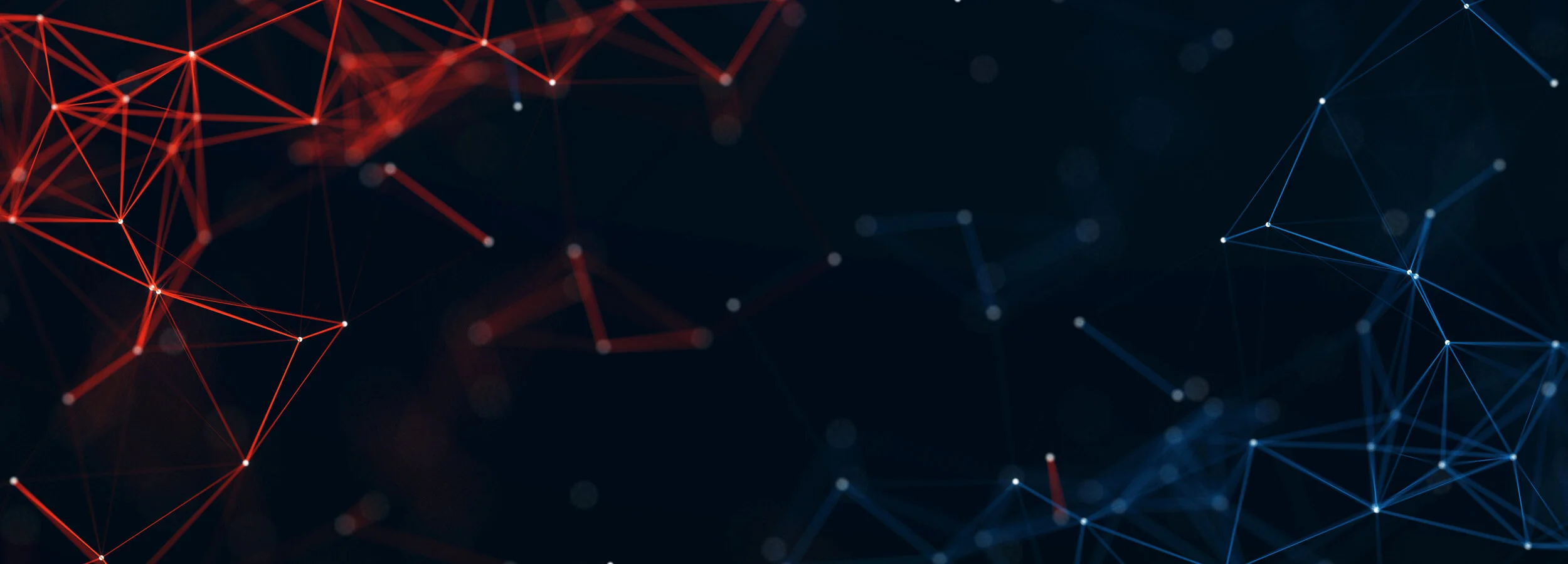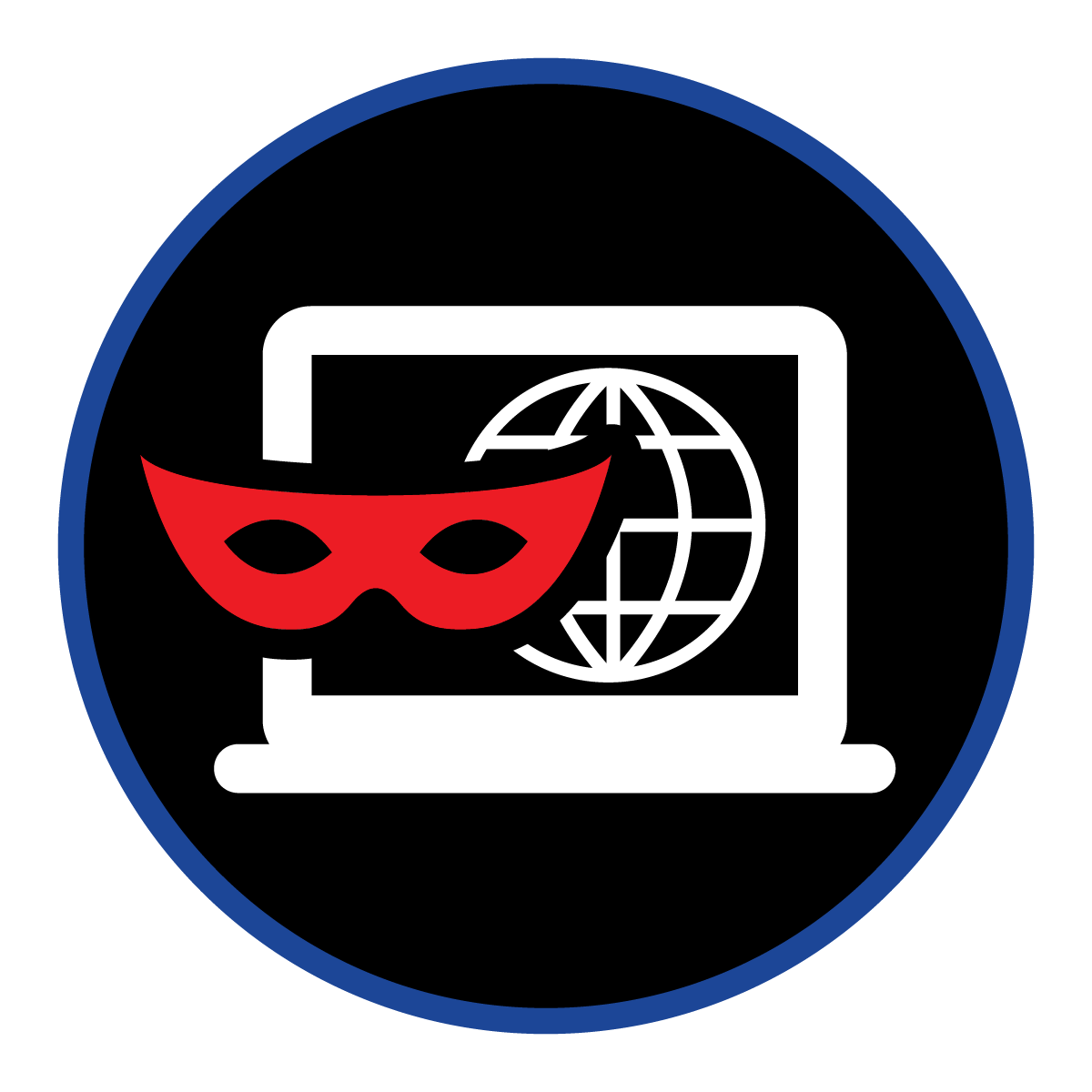
Cloud and SaaS Exposure Management Frequently Asked Questions (FAQ)
ThreatNG Cloud and SaaS Exposure Management: Your Questions Answered
This comprehensive FAQ addresses key questions about ThreatNG's Cloud and SaaS Exposure Management solution. It provides detailed insights into how ThreatNG helps organizations proactively identify, assess, and monitor security risks across cloud services, SaaS applications, and other critical areas. This resource is designed to inform security professionals, including CISOs, security analysts, and DevOps engineers, about how ThreatNG can enhance their organization's overall security posture in the cloud and SaaS landscape.
General Questions
-
ThreatNG provides a comprehensive solution for managing your organization's exposure in the cloud and SaaS environments. It identifies risks across cloud services, SaaS applications, exposed data, code repositories, and even dark web mentions, offering a holistic view of your external security posture.
-
ThreatNG uses a non-intrusive, outside-in approach, requiring no internal access. This external perspective complements existing internal security solutions by uncovering risks that might be invisible from within the organization.
-
ThreatNG supports major cloud platforms like Amazon Web Services (AWS), Microsoft Azure, and Google Cloud Platform (GCP). It also covers a wide range of SaaS categories, including Business Intelligence, Collaboration, Communication, CRM, HR, IAM, and many more.
-
ThreatNG caters to various roles involved in managing cloud and SaaS security:
Cloud Security Architects discover and assess cloud assets, configurations, and potential vulnerabilities across various cloud providers with ThreatNG.
Cloud Security Engineers perform continuous monitoring, vulnerability management, and threat detection in cloud environments with ThreatNG.
SaaS Security Administrators assess the security posture of SaaS providers, identify potential vulnerabilities, and ensure compliance with security policies with ThreatNG.
SaaS Security Analysts gain visibility into SaaS usage, data flows, and potential security threats with ThreatNG.
CISOs gain a comprehensive view of cloud and SaaS risks, enable effective risk management, and ensure compliance with ThreatNG.
Security Analysts gain visibility into cloud and SaaS exposures, identify vulnerabilities, and investigate incidents with ThreatNG.
DevOps Engineers integrate security into their workflows, get continuous security feedback, and address risks early in the development lifecycle with ThreatNG.
Software Engineers identify and address potential security vulnerabilities in their cloud-native applications or SaaS integrations with ThreatNG.
Risk Managers quantify cloud and SaaS risks, prioritize remediation efforts, and make informed decisions about risk mitigation strategies with ThreatNG.
-
ThreatNG identifies risks by analyzing domain intelligence, technology stacks, code repositories, online sharing platforms, and archived web pages. It also uncovers shadow IT and misconfigurations in sanctioned and unsanctioned cloud environments.
-
Shadow IT refers to unsanctioned cloud services and SaaS applications employees use without IT approval. ThreatNG identifies these applications, revealing hidden risks and potential compliance issues.
-
ThreatNG External Attack Surface Management (EASM) offers flexible scan scheduling options to meet your needs. You can perform one-time scans for immediate insights or schedule recurring scans at your preferred frequency. This allows you to maintain continuous visibility into your attack surface or perform targeted assessments as required.
-
ThreatNG assesses risks by identifying vulnerabilities, quantifying the potential impact of threats, and performing a 360-degree risk analysis that includes technical vulnerabilities, dark web mentions, social media sentiment, and financial disclosures.
-
ThreatNG identifies misconfigurations, outdated software, exposed APIs, and vulnerabilities in public code repositories, among other issues.
-
ThreatNG generates executive summaries for stakeholders and detailed technical reports for security teams. Reports also prioritize risks based on severity and potential impact.
-
ThreatNG reports prioritize risks based on their severity and potential impact, ensuring that critical vulnerabilities are addressed first.
-
ThreatNG continuously scans your designated cloud and SaaS environments, the internet, the dark web, and social media for mentions, leaks, or vulnerabilities related to your cloud and SaaS assets. It also dynamically updates the asset inventory and tracks changes in your security posture.
-
ThreatNG uses role-based access control (RBAC), dynamic evidence questionnaires, and centralized policy management to streamline security operations and enhance collaboration between teams and third parties.
-
These are automatically generated questionnaires based on identified risks and vulnerabilities, streamlining evidence collection and risk assessment.
-
Organizations can define and enforce consistent security policies across their entire external attack surface, including third-party vendors and the supply chain.
-
ThreatNG also analyzes domain intelligence, sensitive code exposure, online sharing exposure, sentiment and financials, archived web pages, dark web presence, technology stack, search engine exploitation, and social media activity.
-
ThreatNG analyzes DNS records, subdomains, certificates, and IP addresses to uncover exposed APIs, development environments, and other potential vulnerabilities.
-
These ratings offer a data-driven view of your external risk landscape, quantifying risks and providing actionable insights for cloud and SaaS environments.
-
ThreatNG provides ratings for BEC & Phishing Susceptibility, Brand Damage Susceptibility, Breach & Ransomware Susceptibility, Cyber Risk Exposure, Data Leak Susceptibility, ESG Exposure, Supply Chain & Third Party Exposure, Subdomain Takeover Susceptibility, and Web Application Hijack Susceptibility.
-
Cloud and SaaS environments introduce unique external exposure challenges. Because these services are often accessed and managed over the internet, they expand the attack surface and create opportunities for attackers to exploit vulnerabilities without needing direct access to your internal network. ThreatNG Security Ratings provide a crucial external perspective on these risks. For example:
BEC & Phishing Susceptibility: Cloud-based email and collaboration tools are prime targets for phishing and Business Email Compromise (BEC) attacks. A high BEC & Phishing Susceptibility rating indicates vulnerabilities that attackers could exploit to gain access to sensitive data within your cloud applications.
Brand Damage Susceptibility: Negative publicity or data breaches stemming from cloud or SaaS vulnerabilities can severely damage your brand reputation. A high Brand Damage Susceptibility rating highlights the need to strengthen your cloud and SaaS security posture to protect your brand from such incidents.
Data Leak Susceptibility: Cloud storage and SaaS applications often hold sensitive data. A high Data Leak Susceptibility rating suggests weaknesses in your cloud and SaaS configurations or security practices that could lead to data exposure. Understanding this risk allows you to prioritize securing your cloud-based data and prevent costly breaches.
In essence, these security ratings provide a quantifiable measure of the risks associated with your external-facing cloud and SaaS presence, allowing you to prioritize remediation efforts and strengthen your overall security posture in these critical environments.
-
ThreatNG leverages various intelligence repositories, including dark web data, ESG violation tracking, ransomware event monitoring, compromised credentials databases, SEC Form 8-Ks, known vulnerabilities databases, and BIN repositories.
-
ThreatNG monitors the dark web for mentions of your organization, leaked credentials, stolen data, and potential attack plans.
-
Cloud and SaaS environments present unique security challenges because they often rely on shared infrastructure and are accessible over the Internet. This makes them potentially vulnerable to attacks originating from outside the traditional network perimeter. The intelligence repositories ThreatNG uses are critical for addressing these specific risks because they provide insights into threats targeting cloud and SaaS:
Dark web data: Monitoring the dark web can reveal leaked credentials, stolen data, or discussions about planned attacks targeting your cloud or SaaS applications. This allows for proactive mitigation, such as resetting compromised passwords or strengthening access controls. Since cloud services are often accessed with credentials, dark web monitoring is essential to prevent account takeover.
Ransomware event monitoring: Understanding the latest ransomware tactics, techniques, and procedures (TTPs), especially those targeting cloud environments, enables organizations to proactively defend against such attacks. Cloud-based data is a prime target for ransomware, so understanding current attack trends is vital.
Compromised credential databases: Access to databases of known compromised credentials allows ThreatNG to identify if any of your organization's credentials, or those of third-party vendors with access to your cloud resources, have been exposed. This enables immediate action to invalidate those credentials and prevent unauthorized access to your cloud and SaaS applications.
Known vulnerabilities databases: Staying informed about newly discovered vulnerabilities affecting cloud platforms and SaaS applications is crucial for patching and updating systems promptly. Cloud and SaaS providers may have shared responsibility models, and knowing what vulnerabilities exist lets you ensure your configuration is secure.
These intelligence repositories provide crucial context and actionable information about the threat landscape of cloud and SaaS environments, enabling organizations to identify and mitigate risks before they can be exploited proactively.

















